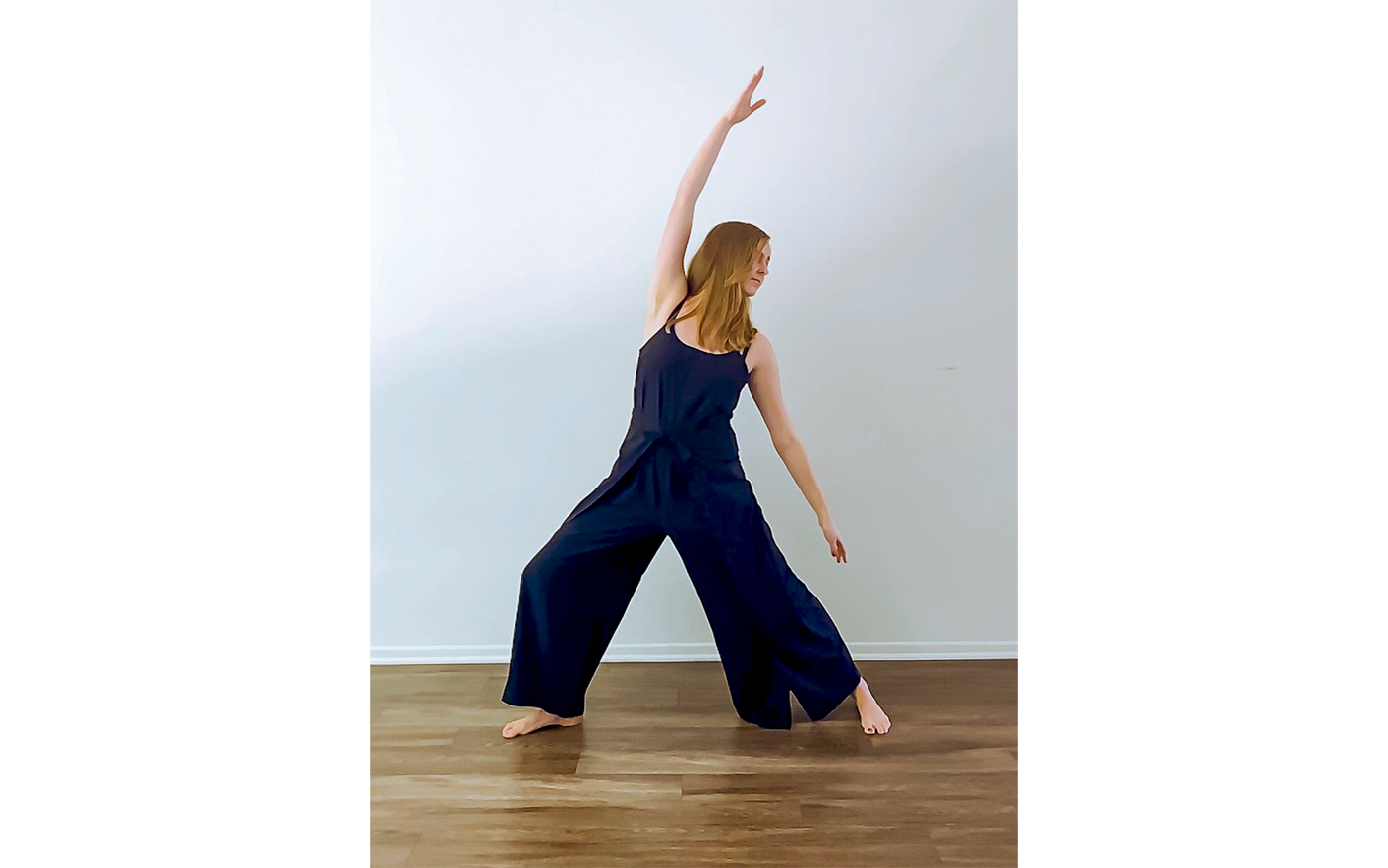Student-run WACsmash event brings dance, art into digital space

The annual student-run dance showcase WACsmash is reconfiguring itself for a virtual environment. Typically a three-day event, the showcase will now be prerecorded and livestreamed online, which producer Justin Gamboa said actually allows for more flexibility for the choreographers. (Lauren Man/Assistant Photo editor)
By Amelie Lobo
Feb. 12, 2021 4:36 p.m.
WACsmash is reconfiguring its rhythm with an online livestreamed showcase.
Traditionally a three-day event, the student-run dance showcase and visual arts gallery is transitioning to a remote event in its 21st year. All producers, choreographers and gallery artists are world arts and cultures or dance students who have been collaborating and organizing the event since the start of fall quarter. This year’s theme is “Reconfigured,” and fourth-year dance student and producer Justin Gamboa said it signifies the way those involved had to adapt to the complex set of challenges that come with being online.
“(This year’s show) differs a lot. … If you just look at the production itself, it’s completely new. Very little of it resembles what it usually is because … it’s also prerecorded and not live, which means it’s a lot more premeditated and a little bit less spontaneous,” Gamboa said. “But at the same time, there is a lot more flexibility in terms of how choreographers wanted to present their work.”
WACsmash originated in 2000 as a way for students in the world arts and cultures/dance department to create their own performance opportunity separate from those given by the department, Gamboa said. Traditionally held at Kaufman Hall, he said the show developed into an annual event, with three showings of the production. This year, the show is completely online and will have one livestreamed showing with a recording of the production remaining on the website for a year, Gamboa said.
[Related: Design media arts students reflect on projects in exhibition ‘Metamorphosis’]
Almost all aspects of the show – from the auditions, collaborations and choreography – were conducted online, said fourth-year dance and physics student Katelyn Olsen. Because of the online format, Gamboa said choreographers had to be very careful of music copyright and licensing. Consequently, many choreographers reached out to UCLA student musicians and poets to choreograph pieces to their work, Olsen said.
“For the online format, we had to have everything filmed,” Olsen said. “So in some ways, (the dance pieces) turned into video projects. … Sometimes there’s screen projections that are behind (the dance being performed). Once in awhile there’s a live musician, but for the most part it is a show that is very dance focused.”
The online aspect brought more chances to collaborate, and Olsen said she co-directed a dance piece with fourth-year dance student Madeline Nobida because they both wanted to focus on topics related to climate change. Nobida said the pair worked in a linear fashion, with Olsen teaching sections of the dance on Zoom to their dancers and then filming that particular section, repeating the process for all sections. There was a combination of dancing together in small groups and individually with Nobida taking on the role of editing, she said.
“Editing is always my favorite part of creating dance work,” Nobida said. “It was nice to have the sections of the dances already laid out, so with those phrases I just plop them in. From there, I took all of the extra shots and wove them into the piece, going along with music and the poetry.”
[Related: Grupo Folklórico de UCLA to release online Día de los Muertos video performance]
In addition to the dance showcase, the performance will also have a gallery page for art pieces. Art that will be featured includes a film made by first-year world arts and cultures student Roma Edwards and her two co-collaborators, as well as a collection of paintings. Edwards said her participatory film is about the experience of existing in a community even though everyone is apart. It is made up of a collection of videos from 35 students in various locations edited together to give the impression that all the students are in the same space. The visual arts component adds an interdisciplinary aspect to the show, which Edwards said displays the different ways art can address what the world is experiencing right now.
Nobida said this year’s theme is a reflection on the process of adapting to the online platform and letting go of what one is used to. For Edwards, the theme demonstrates how artists can put a positive spin on the pandemic, since pieces like her film would have never been created if it weren’t for COVID-19. Being online has made people more aware of the different places and experiences others come from because the separation can be seen physically, Edwards said.
COVID-19 restrictions have opened choreographers up to many possibilities in their creative process and challenged them with making dance for a digital space, Nobida said. The ability to film in different locations was beneficial in communicating the message of their piece and did so better than a live production could, Olsen said. Though creating a community online is much more difficult, Gamboa said organizing WACsmash has been a challenging but rewarding experience.
“(The show) is called WACsmash and we’re still honoring the fact that this is a traditional and annual event,” Gamboa said. “But it’s reconfigured, … everything is still familiar but it’s also different and (the theme) helps organize everything into one concise idea.”

